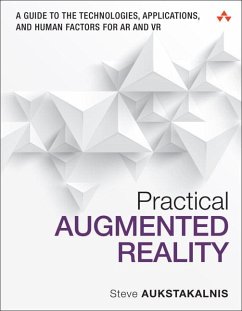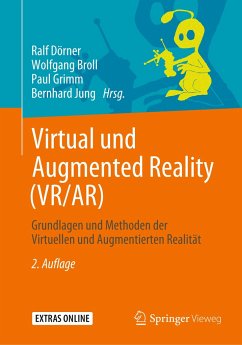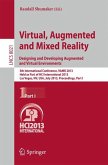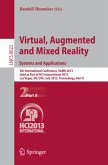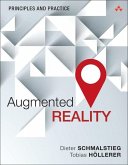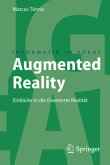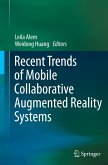This is the most comprehensive and up-to-date guide to the technologies and applications of Augmented Reality (AR) and Virtual Reality (VR) systems and wearable computing devices. Ideal for practitioners and students concerned with any application, from gaming to medicine, it brings together comprehensive coverage of both theory and practice, emphasizing leading-edge displays, sensors, and DIY tools that are already available commercially or will be soon. Practical Augmented Reality begins by explaining the mechanics of human sight, hearing and touch, showing how these mechanisms (and their performance ranges) directly dictate the design and use of wearable displays, 3-D audio systems, and tactile/force feedback devices.
It presents revealing case studies of real-world applications from gaming, entertainment, science, engineering, aerospace and air traffic control, defense, medicine, architecture, law enforcement, and geophysics. Readers will find clear, easy-to-understand explanations, photos, and illustrations of devices including Oculus (Facebook) Rift, Sony Morpheus, Google Glass, and many more. Functional diagrams clearly explain how each device operates, and link directly to relevant theoretical and practical content.
Practical Augmented Reality thoroughly considers human factors, including sense and motor physiology constraints; resolution and realism; fields of view, angles, and distortion; latency and time display; flicker vertigo, phobia effects, and motion sickness. It concludes by assessing both the legal and societal implications of new and emerging AR, VR, and wearable technologies.
It presents revealing case studies of real-world applications from gaming, entertainment, science, engineering, aerospace and air traffic control, defense, medicine, architecture, law enforcement, and geophysics. Readers will find clear, easy-to-understand explanations, photos, and illustrations of devices including Oculus (Facebook) Rift, Sony Morpheus, Google Glass, and many more. Functional diagrams clearly explain how each device operates, and link directly to relevant theoretical and practical content.
Practical Augmented Reality thoroughly considers human factors, including sense and motor physiology constraints; resolution and realism; fields of view, angles, and distortion; latency and time display; flicker vertigo, phobia effects, and motion sickness. It concludes by assessing both the legal and societal implications of new and emerging AR, VR, and wearable technologies.

